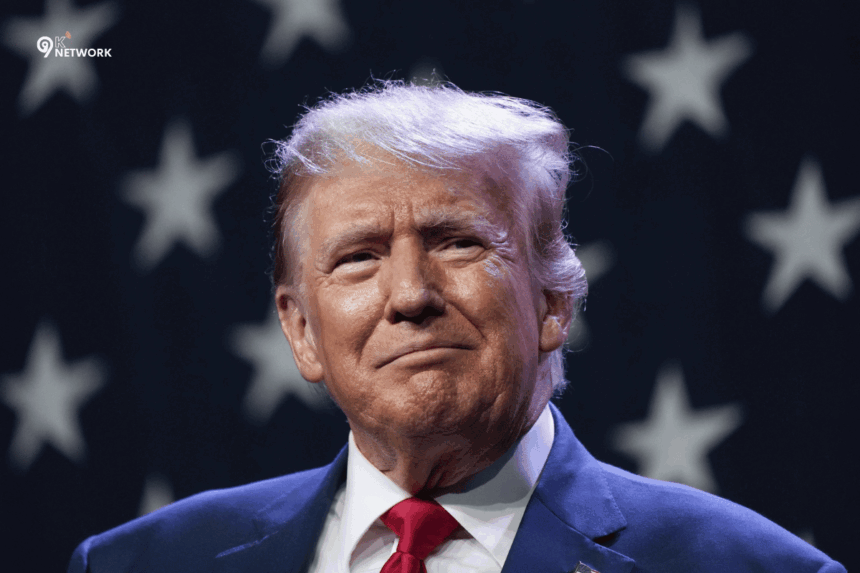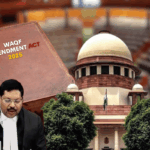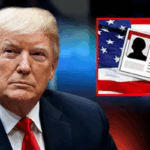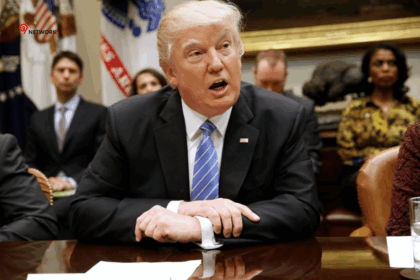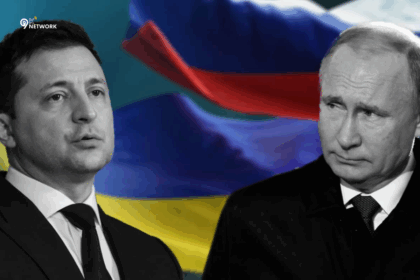A recent push calls for EU and NATO nations to impose steep tariffs on India and China—up to 100%—as leverage to force an end to the war in Eastern Europe. The proposal seeks to cut off support for Russia by targeting its major trade partners. What would be the implications? Is it even legally or economically feasible?
What’s Proposed and Why
- The proposal urges European and NATO members to adopt high tariffs on China and India, especially for goods tied to energy imports from Russia.
- The aim is to weaken Russia by choking off its revenue streams and dissuading trading partners from facilitating its economy.
- India has already faced extra tariffs in certain instances linked to its energy trade, and China is being considered next under this more aggressive strategy.
The Stakes: Trade Flows & Economic Dependency
- European imports from China include consumer electronics, manufacturing equipment, textiles, and accessories—all deeply embedded in supply chains.
- Europe’s trade deficit with China is significant, meaning many European industries rely on cheaper inputs and machinery from there.
- India’s trade with Europe is lower in volume, yet it includes key sectors such as pharmaceuticals, electronics, and metals. Tariffs on such products would still matter.
Possible Consequences
- Higher costs for consumers and industry: Steep tariffs could lead to sharp increases in prices of goods and inputs, affecting inflation and competitiveness.
- Disrupted supply chains: Many European manufacturers use components sourced from China; sudden tariff shocks may force them to reconfigure sourcing or face production challenges.
- Diplomatic and trade backlash: India and China could retaliate with their own tariffs, or push back via trade forums.
- Legal and policy constraints: EU laws and trade agreements may limit the scope of unilateral tariff imposition; domestic legal challenges could also arise.
Legal, Political & Feasibility Questions
- Some countries might resist adopting drastic tariffs due to dependency on imports, or because of economic harm to local industry and consumers.
- Political cohesion would be required among EU member states and NATO allies to agree on level and scope of tariffs.
- Legal frameworks at international trade bodies and existing treaties may restrict or regulate how such tariffs can be applied.
What Might Happen Next
- Negotiations are expected between the proposing parties and China and India to avoid escalation.
- Discussions within European capitals and across NATO will assess the impact, seek alignment, and evaluate legal risk.
- Monitoring of trade flows, energy dependency, and alternative sources will likely be intensified.
- Possible adoption of more targeted sanctions rather than blanket tariff hikes could be a compromise.
Final Thoughts
Imposing 50–100% tariffs on China and India represents a bold strategy aimed at pressuring Russia through economic isolation of its key trade partners. While the proposal could exert pressure, it also carries risks—higher prices, trade disruptions, legal challenges, and diplomatic fallouts. Whether it becomes reality depends on political will, legal feasibility, and the willingness of nations to accept short-term costs in hopes of long-term strategic gains.
